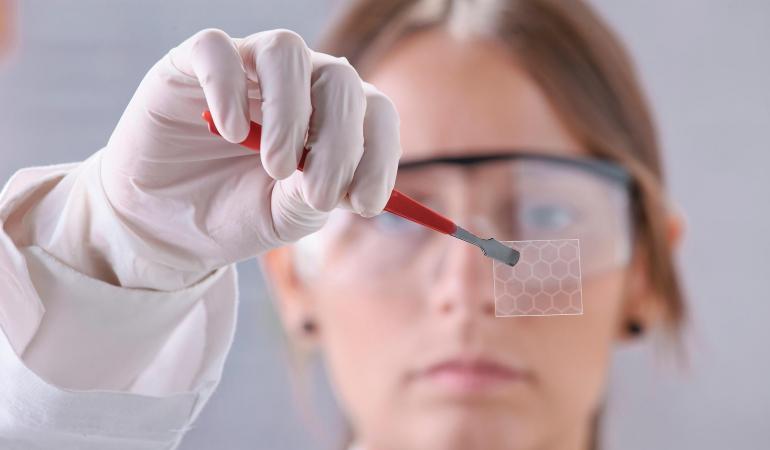
The Ministry of Infrastructure and Water Management aims to ensure that all new materials and technological developments are safe in 2050. When health risks for people and planet are taken into account in the design phase, it significantly increases the probability that future products and technologies will be safe. This concept is called Safe-by-Design. RIVM has compiled an overview of 74 European studies that worked on Safe-by-Design, focusing primarily on nanotechnology. The overview offers inspiration for policy-makers, researchers and industrial companies to put Safe-by-Design principles into practice.
Research and results
The RIVM overview, commissioned by the Ministry of Infrastructure and Water Management, lists 74 studies that were conducted in 2013–2020. Many took place in the context of Horizon2020, the EU (European Union)’s key funding programme for research and innovation. The summarised studies have been grouped into four policy themes: research, education, industry and policy. These four themes have been designated by the Ministry as the most relevant for Safe-by-Design. In addition, the concrete results already achieved are stated under each theme. Examples include teaching materials for use in education, or guidelines for developing safe materials for industrial use.
Safe-by-Design and nanotechnology
Technological developments make it possible to create, modify or use materials at an extremely small scale. This is called nanotechnology. This relatively new technology is applied with increasing frequency, because these tiny nanoparticles have interesting new properties. However, since nanoparticles do not exhibit the same behaviour as other chemicals, they may potentially pose health risks.
Safe-by-Design is about ensuring that safety is taken into account from the very earliest stages of product and process development. This is relevant for nanotechnology, but also extends to all new production processes. The aim is to achieve a safe, clean, healthy environment and prevent environmental hazards. Knowledge plays a key role in this context, not least in rapid and effective assessment of the impact substances can have. This approach requires renewed safety awareness and a different mindset, on the part of scientists as well as process and product developers, but also on the part of companies and management boards.